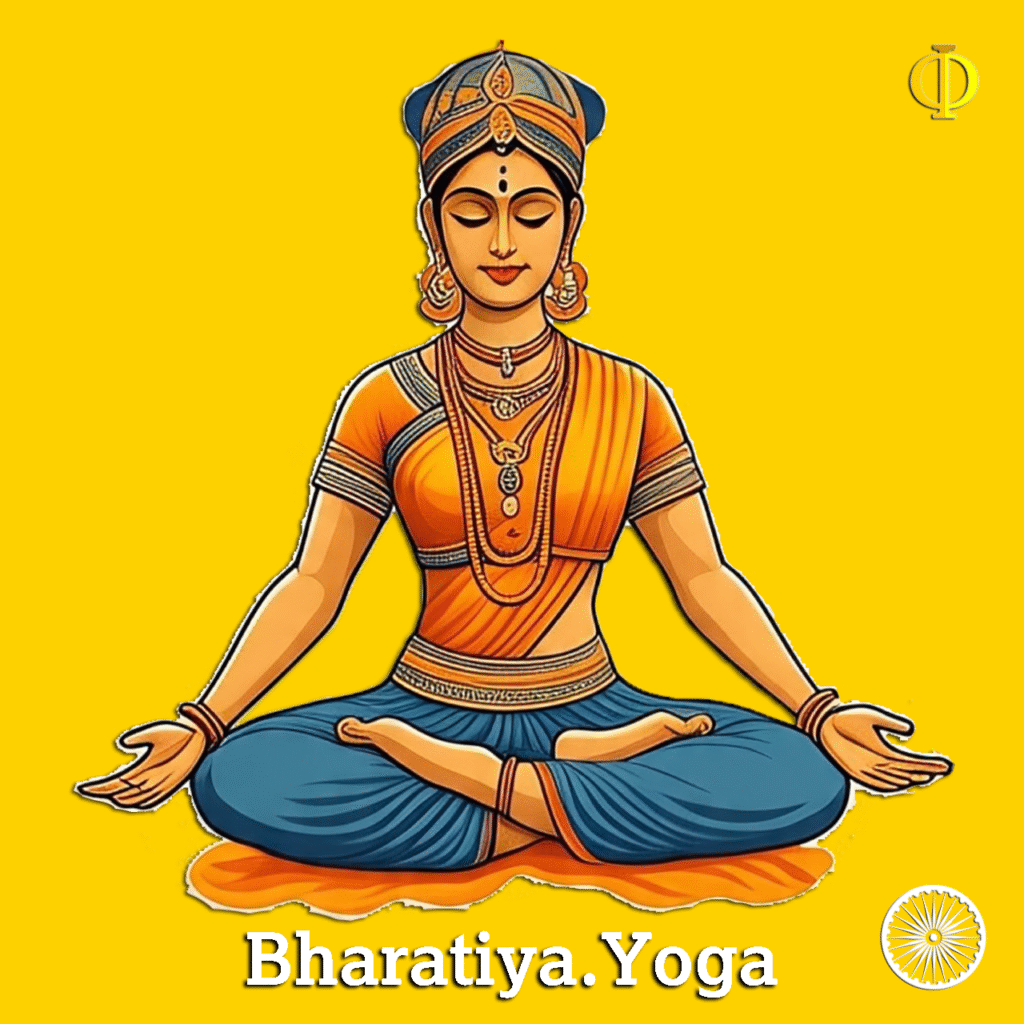Who was Patanjali?
The Research suggests that Patanjali is an incarnation of Aadi Shesha, who is the first ego-expansion of Vishnu, Sankarshana. Sankarshana, the manifestation of Vishnu His primeval energies and opulences, is part of the so-called Chatur Vyuha, the four fold manifestation of Vishnu. He is credited with authoring not only the Yoga Sutras but also other important Sanskrit works on grammar (Mahabhashya) and Ayurveda (Caraka Samhita, sometimes attributed). His contribution to yoga philosophy is immense.
The Yoga Sutras of Patanjali
The Yoga Sutras are a collection of 196 aphorisms (sutras), which are concise, terse statements designed to be easily memorized and contemplated. These sutras provide a systematic and comprehensive guide to the theory and practice of yoga for achieving self-realization and liberation.
The Yoga Sutras are divided into four chapters, or Padas:
- Samadhi Pada (Chapter on Contemplation/Absorption): This chapter defines yoga and its ultimate goal. Patanjali famously begins with the definition:
- “Yoga chitta vritti nirodhah” – “Yoga is the cessation of the fluctuations of the mind.”
This means the goal of yoga is to quiet the incessant chatter and modifications of the mind (thoughts, emotions, memories, etc.) so that the practitioner can experience their true, unconditioned Self (Purusha). This chapter also discusses different types of samadhi (states of meditative absorption).
- “Yoga chitta vritti nirodhah” – “Yoga is the cessation of the fluctuations of the mind.”
- Sadhana Pada (Chapter on Practice): This is perhaps the most practical chapter, outlining the means or practices to achieve the state of yoga. It introduces the Eight Limbs of Yoga (Ashtanga Yoga), which is the core of Patanjali’s system. It also discusses the kleshas (afflictions) that cause suffering, such as ignorance (avidya), egoism (asmita), attachment (raga), aversion (dvesha), and fear of death (abhinivesha).
- Vibhuti Pada (Chapter on Powers): This chapter delves into the supernatural powers (siddhis) that can be attained through advanced yogic practices, particularly through samyama (the combined practice of Dharana, Dhyana, and Samadhi). Patanjali describes these powers but also warns against getting attached to them, as they can be distractions from the ultimate goal of liberation.
- Kaivalya Pada (Chapter on Liberation/Absolute Freedom): This final chapter describes the state of Kaivalya, which is the ultimate liberation or absolute independence. It signifies the complete dissociation of the Purusha (consciousness/Self) from Prakriti (matter/mind), leading to a state of pure, unconditioned awareness.
The Eight Limbs of Yoga (Ashtanga Yoga)
The most well-known and influential aspect of Patanjali Yog is the Eight Limbs (Ashtanga) of Yoga, which are a sequential path to liberation. It’s crucial to understand that these are not merely distinct steps but rather interconnected aspects that support and inform each other.
- Yamas (Ethical Restraints/Moral Disciplines): These are universal moral commandments, guiding our interactions with the world and others.
- Ahimsa (Non-violence): Not just physical, but also in thought, speech, and action.
- Satya (Truthfulness): Speaking and living in truth.
- Asteya (Non-stealing): Not taking what is not freely given.
- Brahmacharya (Continence/Moderation): Traditionally interpreted as celibacy, but more broadly as responsible use of energy and senses.
- Aparigraha (Non-possessiveness/Non-greed): Letting go of attachment to possessions and desires.
- Niyamas (Personal Observances/Self-Disciplines): These are observances for personal conduct and inner discipline.
- Saucha (Purity): Cleanliness of body and mind.
- Santosha (Contentment): Finding peace and acceptance in all circumstances.
- Tapas (Austerity/Self-discipline): Cultivating discipline, perseverance, and purifying efforts.
- Svadhyaya (Self-study/Study of sacred texts): Introspection and studying spiritual wisdom.
- Ishvara Pranidhana (Surrender to a higher power): Cultivating devotion and surrendering the ego to a divine principle or ultimate reality.
- Asana (Physical Postures): While modern yoga heavily emphasizes asanas, Patanjali’s Yoga Sutras primarily refer to a stable and comfortable seated posture suitable for meditation. The numerous complex postures we see today evolved much later. The purpose of asana in Patanjali’s context is to prepare the body for extended periods of meditation by making it steady and comfortable.
- Pranayama (Breath Control/Life Force Extension): Techniques for conscious regulation of the breath to control prana (life force energy). This helps to steady the mind and prepare it for deeper states of concentration.
- Pratyahara (Withdrawal of the Senses): Turning the senses inward, detaching them from external objects. This is a crucial step for controlling the mind and moving towards internal focus.
- Dharana (Concentration): Focusing the mind on a single point or object, without deviation. This could be a mantra, a breath, a flame, or an internal chakra.
- Dhyana (Meditation): The continuous flow of concentration on a single object, without interruption. It is an unbroken stream of thought directed towards the object of meditation.
- Samadhi (Absorption/Union): The ultimate state of yoga, where the meditator, the act of meditation, and the object of meditation become one. In this state, the individual consciousness merges with the universal consciousness, leading to a profound experience of bliss, freedom, and self-realization (Kaivalya).
Patanjali’s Legacy and Relevance Today
Patanjali’s Yoga Sutras are arguably the most influential text in the history of yoga. His systematic approach provided a clear philosophical framework and a practical path for spiritual seekers.
- Foundation of Raja Yoga: Patanjali’s system is synonymous with Raja Yoga, emphasizing mental control and spiritual liberation.
- Influence on Modern Yoga: While many modern yoga styles (like Hatha, Vinyasa, Ashtanga Vinyasa) focus heavily on physical asanas, they all ultimately derive their philosophical roots and ultimate goals from Patanjali’s teachings. The Yamas and Niyamas, though often less emphasized in gym-based yoga, remain foundational ethical guidelines.
- Timeless Wisdom: The principles outlined in the Yoga Sutras, particularly regarding mind control, ethical living, and self-awareness, remain profoundly relevant for navigating the complexities of modern life and achieving inner peace and well-being.
In essence, “Patanjali Yog” represents the classical, holistic, and systematic approach to yoga aimed at transcending the limitations of the mind and realizing one’s true nature.





